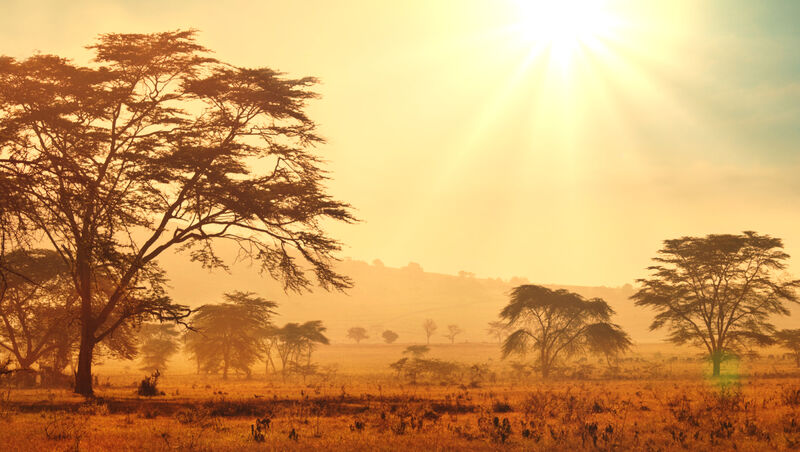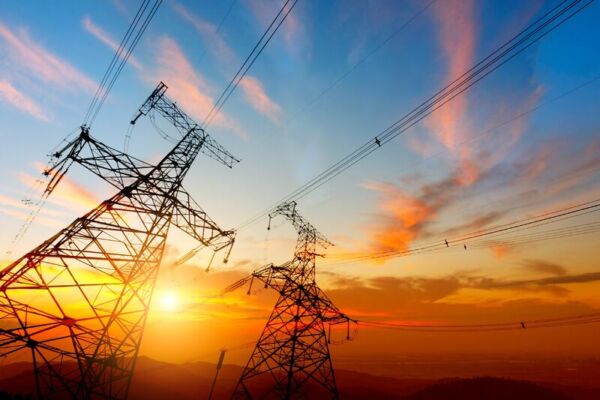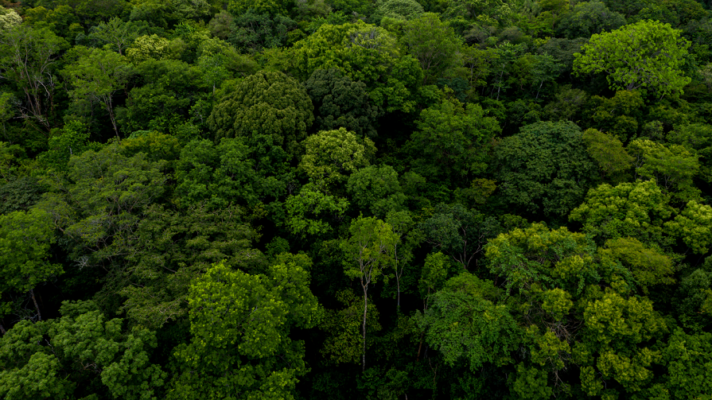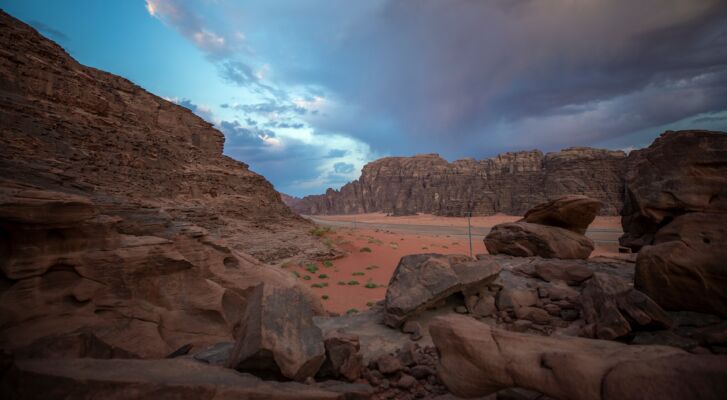Since 2000, Africa’s social conditions and economic growth have been consistently improving. Nonetheless, according to the International Energy Agency (IEA), half of Africa’s 1.37 billion population lives without access to electricity. It is estimated that by 2040, the energy demand is expected to increase twofold. How is Africa expected to meet that demand?
Over the next 20 years, around 100 new coal-fired power plants will be built in the eastern and southern regions of the continent. That said, expanding fossil fuel power sources could have fatal consequences for the rest of the world. It would enormously topple the international effort to achieve the world’s climate goals and slow down global warming.
Yet Africa, with its various renewable energy resources, could meet a quarter of its needs by the end of the decade through innovative and sustainable technologies. To begin with, domestic and renewable energy in the form of hydro, solar, and wind power could save up to 310 megatons of carbon dioxide annually.
250 million megawatts possible
A study by the International Renewable Energy Agency (IRENA) confirms massive potential for solar and wind energy in 21 regions in Africa. The eastern and southern regions could cover more than 60 percent of their electricity needs. According to the study, the potential for wind energy by itself is 250 million megawatts (MW) compared to all the existing power plants on the continent that generate 150,000 MW in total.
Egypt and Kenya are the highest wind zones on the continent that have come to recognize their potential. For example, since 2018 in Kenya, a wind power plant with 365 turbines has been feeding almost2,000 GWh annually into the power grid. Optimal wind conditions occur at its site in Marsabit County: the Turkana wind corridor. The pressure gradient between the Indian Ocean and the Sahara provides a strikingly high wind speed of 11.1 meters per second.
Currently, the wind farm supplies approximately 1.5 million households in Kenya, but the aim is to increase its share of renewable energy to more than 2,000 MW, accounting for 60 percent of the electricity mix by 2030. Construction of a 250 MW wind farm began in Egypt in early 2020 and had been feeding electricity into the grid since 2021.
Since 2016, a wind farm in South Africa with 35 turbines has been generating electricity for 70,000 households. The Global Wind Energy Council (GWEC) predicts that the country could add up to 3.3 GW of new wind capacity by 2024. Furthermore, the government has invested in data procurement and is thus well-equipped to plan and install more turbines.
Governments collaborate with development agencies
As more and more countries close the gap when it comes sustainable solutions, governments are acting as a catalyst by providing geodata to attract private investors. The collaboration between governments and international development agencies is moving the needle. It is estimated that about 70 billion US dollars would be needed annually to build plants in eastern and southern. More recently, wind farms were constructed in Djibouti, Senegal, and Ghana.



